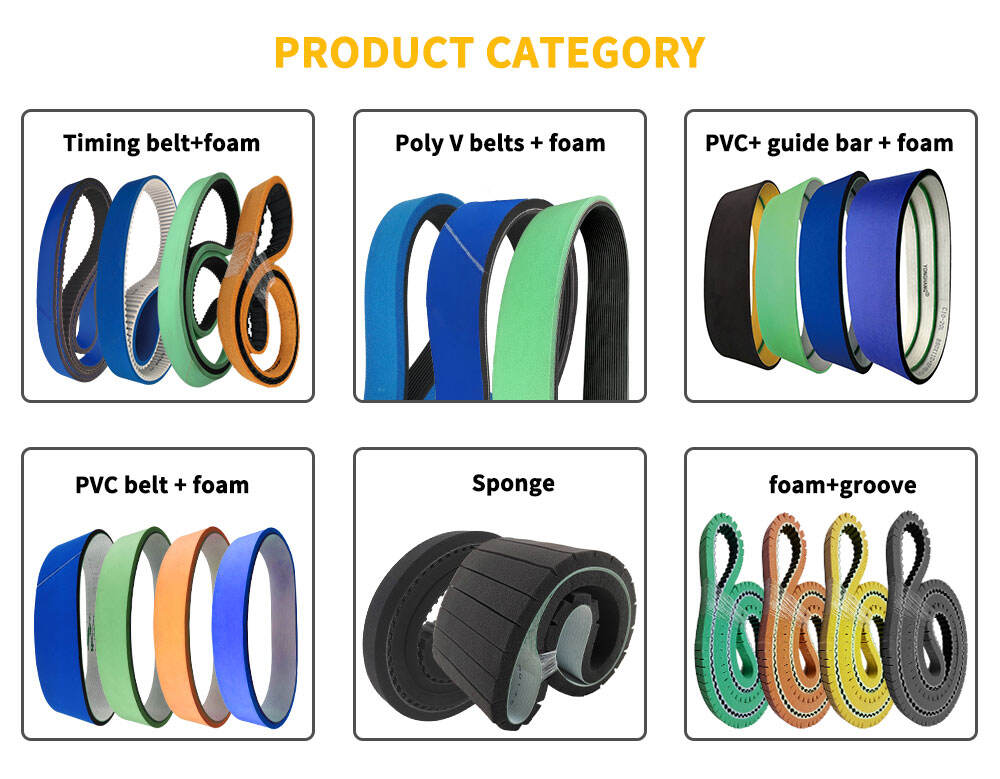Foam conveyor belts have emerged as a vital component in various industrial applications, offering unique advantages that enhance operational efficiency and safety.
This article delves into the multifaceted uses of foam conveyor belts, examining their role in different sectors, the benefits they provide, and the future trends shaping their development.
Foam conveyor belts are primarily utilized in industries such as food processing, packaging, and material handling.
Their lightweight nature and flexibility make them ideal for transporting delicate items without causing damage. In food processing, for instance, foam conveyor belts help maintain hygiene standards while ensuring that products move smoothly through production lines. The non-slip surface of these belts reduces the risk of product spillage, thereby enhancing productivity and minimizing waste.
Another significant advantage of foam conveyor belts is their customization potential.
Manufacturers can tailor these belts to meet specific operational requirements, such as varying widths, lengths, and surface textures. This adaptability is crucial for industries that handle diverse products, allowing for seamless integration into existing systems. Moreover, the foam material provides excellent cushioning, which is especially beneficial for fragile items, ensuring they remain intact during transportation.
In terms of maintenance, foam conveyor belts require less frequent servicing compared to traditional rubber belts.
Their resistance to wear and tear reduces downtime, which is a critical factor in maintaining productivity in fast-paced industrial environments. Additionally, the lightweight nature of foam belts translates to lower energy consumption, contributing to more sustainable operational practices.
As industries continue to evolve, the demand for innovative solutions like foam conveyor belts is expected to rise.
Recent trends indicate a growing focus on automation and smart manufacturing, where conveyor belts play a pivotal role in streamlining processes. The integration of sensors and IoT technology with foam conveyor systems can provide real-time monitoring and data analytics, allowing companies to optimize their operations further.
In conclusion, foam conveyor belts represent a significant advancement in industrial material handling.
Their versatility, safety features, and potential for customization make them an indispensable tool across various sectors. As technology continues to advance, the application of foam conveyor belts will likely expand, paving the way for more efficient and sustainable industrial practices.
Table of Contents
- Foam conveyor belts have emerged as a vital component in various industrial applications, offering unique advantages that enhance operational efficiency and safety.
- Foam conveyor belts are primarily utilized in industries such as food processing, packaging, and material handling.
- Another significant advantage of foam conveyor belts is their customization potential.
- In terms of maintenance, foam conveyor belts require less frequent servicing compared to traditional rubber belts.
- As industries continue to evolve, the demand for innovative solutions like foam conveyor belts is expected to rise.
- In conclusion, foam conveyor belts represent a significant advancement in industrial material handling.

 EN
EN
 AR
AR
 HR
HR
 DA
DA
 NL
NL
 FR
FR
 DE
DE
 EL
EL
 HI
HI
 IT
IT
 JA
JA
 KO
KO
 NO
NO
 PL
PL
 PT
PT
 RO
RO
 RU
RU
 ES
ES
 TL
TL
 IW
IW
 ID
ID
 SR
SR
 SK
SK
 UK
UK
 VI
VI
 TH
TH
 TR
TR
 AF
AF
 MS
MS
 IS
IS
 HY
HY
 AZ
AZ
 KA
KA
 BN
BN
 LA
LA
 MR
MR
 MY
MY
 KK
KK
 UZ
UZ
 KY
KY
